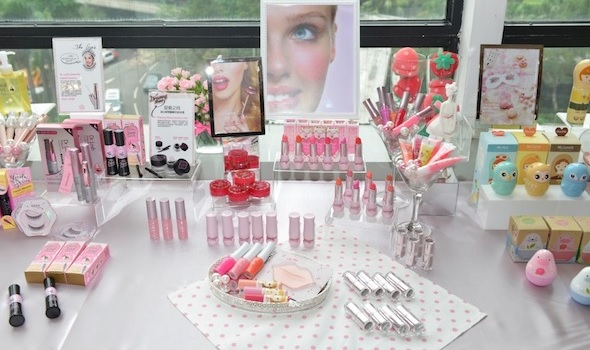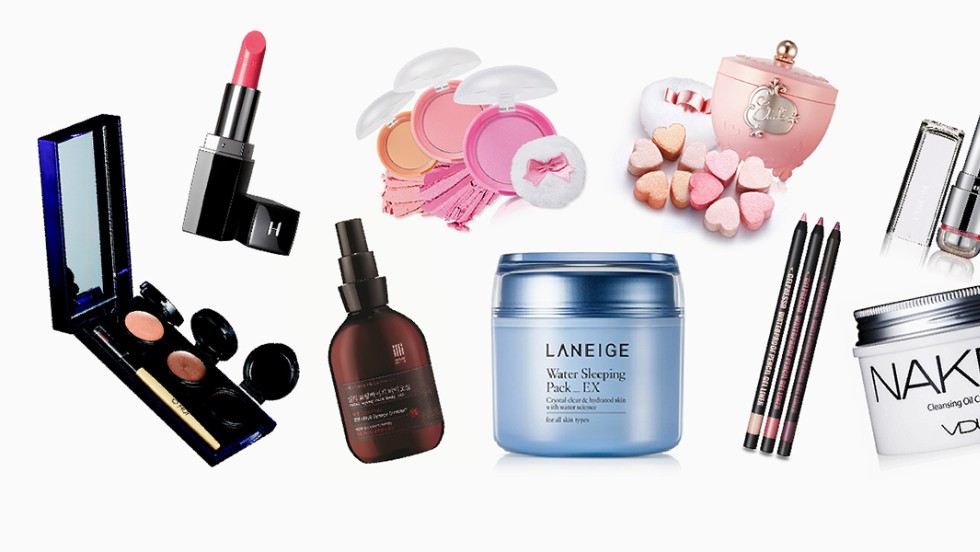- December 10, 2016
- Posted by: Wevio
- Category: Market Research & Analysis, Open Market, Wevio Blog


Seems like Sea of Japan has made its way to the North Pacific Ocean. Waves of South Korean cosmetic products are making their way in to the U.S market and consumers are endorsing with open arms.
Let’s get this straight. The major breakthrough, into the US cosmetic market, began when a Korean brand introduced BB Cream in the year 2011. BB, which stands for Beauty Balm, was the game changer. BB Cream acts as a skincare and makeup cream which moisturizes the skin, covers the blemishes and also as a sunscreen lotion. It is an all-rounder. Since the launch of this product, there is no turning back for the Korean beauty industry in the U.S. As people are becoming more beauty conscious, the graph line seems to just go higher and higher.
Here is a short statistical facts about cosmetics industry in U.S and South Korea. The revenue of the cosmetic industry in U.S. is almost a whopping $57 billion. E-commerce sales amounts up-to $17,000m. The share of U.S. cosmetic imports from France alone is 25%. In South Korea cosmetics exports industry earned $1.87bn in the year 2014, which is 52% higher than compared to 2013. Most of the exports were to China and U.S. Although exports to China is higher when compared to U.S., but trends are set to change. Other countries include are Taiwan, Hong Kong and Japan.

All thanks to two major Korean beauty industries; AMOREPACIFIC and LG. You heard it right, LG does sell healthcare products apart from electronics, and it’s a major player in South Korea. There are other major brands like Dr. Jart, Amrte and Tony Moly. BB was introduced in U.S. by Dr. Jart. The cosmetics products range anywhere from $1 to $20 and the craze for these in U.S. is getting a lot bigger. More and more people are buying just out of curiosity and its spreading like wild fire. Is it just a mere hype or consumers are really happy with the products? Only time will tell but so far it’s a gold mine for Korean beauty industries in U.S.
